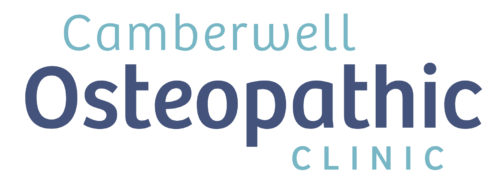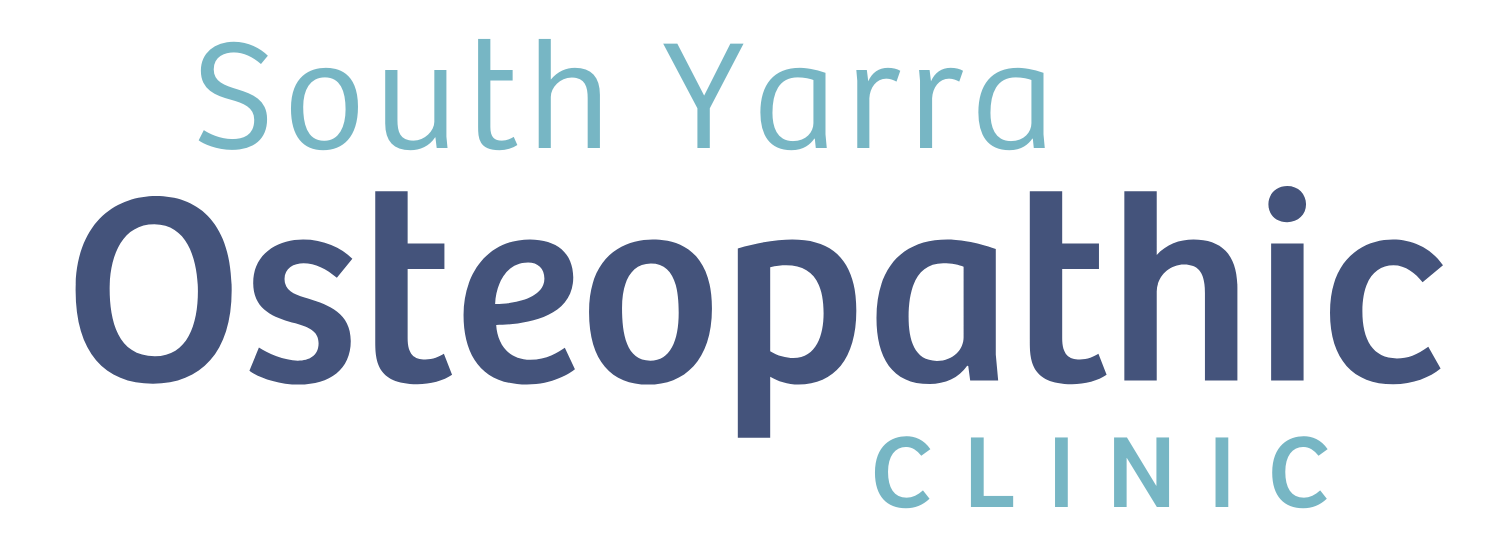Numerous children, ranging from three to approximately eleven years old, often encounter benign muscle discomfort referred to as “growing pains.”
Typically characterized by aching or throbbing sensations, growing pains manifest in the legs, frequently affecting the thighs, calf muscles, or areas behind the knees. Some children may also report headaches or arm soreness. These pains typically manifest in the late afternoon or evening, occasionally interrupting sleep but tend to resolve by morning.
Indicators of Growing Pains:
Muscular aches in both legs, commonly in the front of the thighs, behind the knees, and in the calf muscles
Onset of pain in the late afternoon or evening
Potential worsening of pain during the night
Lack of exacerbation or improvement with movement, suggesting joints are unaffected
Absence of a limp or hindrance in normal running or playing
Resolution of pain by morning
Occasional complaints of headaches or arm pain
Intermittent occurrence, happening a few times a week or sporadically
The exact cause of growing pains remains unknown. Despite the name, evidence suggests that growth itself is not the source, and these pains do not necessarily coincide with periods of rapid growth. Intense daily activities are thought to be a probable trigger. Given the various factors contributing to pain, seeking guidance from a healthcare professional is essential if persistent pain is experienced by your child.

For those facing growing pains, there are simple measures to help manage discomfort:
Provide extra comfort, care, and assurance that the pain will subside, and they will feel better in the morning.
Gentle massage of the affected areas, potentially using massage oil or pain relief cream.
A warm bath or application of a heat pack.
Consider pain relievers such as paracetamol or ibuprofen.
Osteopathy stands out as a gentle and effective treatment option for growing pains. Through a comprehensive consultation, we assess the history and conduct examinations to confirm the nature of growing pains. Subsequently, we address any muscle tightness or joint restrictions contributing to discomfort using techniques like massage, stretching, and gentle joint articulation. It’s important to note that we do not employ manipulative (cracking) methods with children. Additionally, we may provide home-based management strategies, such as stretches or self-massage.
If you have concerns about your child’s pain, consider scheduling a treatment during the school holidays – an opportune time to address such matters!




